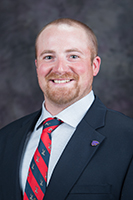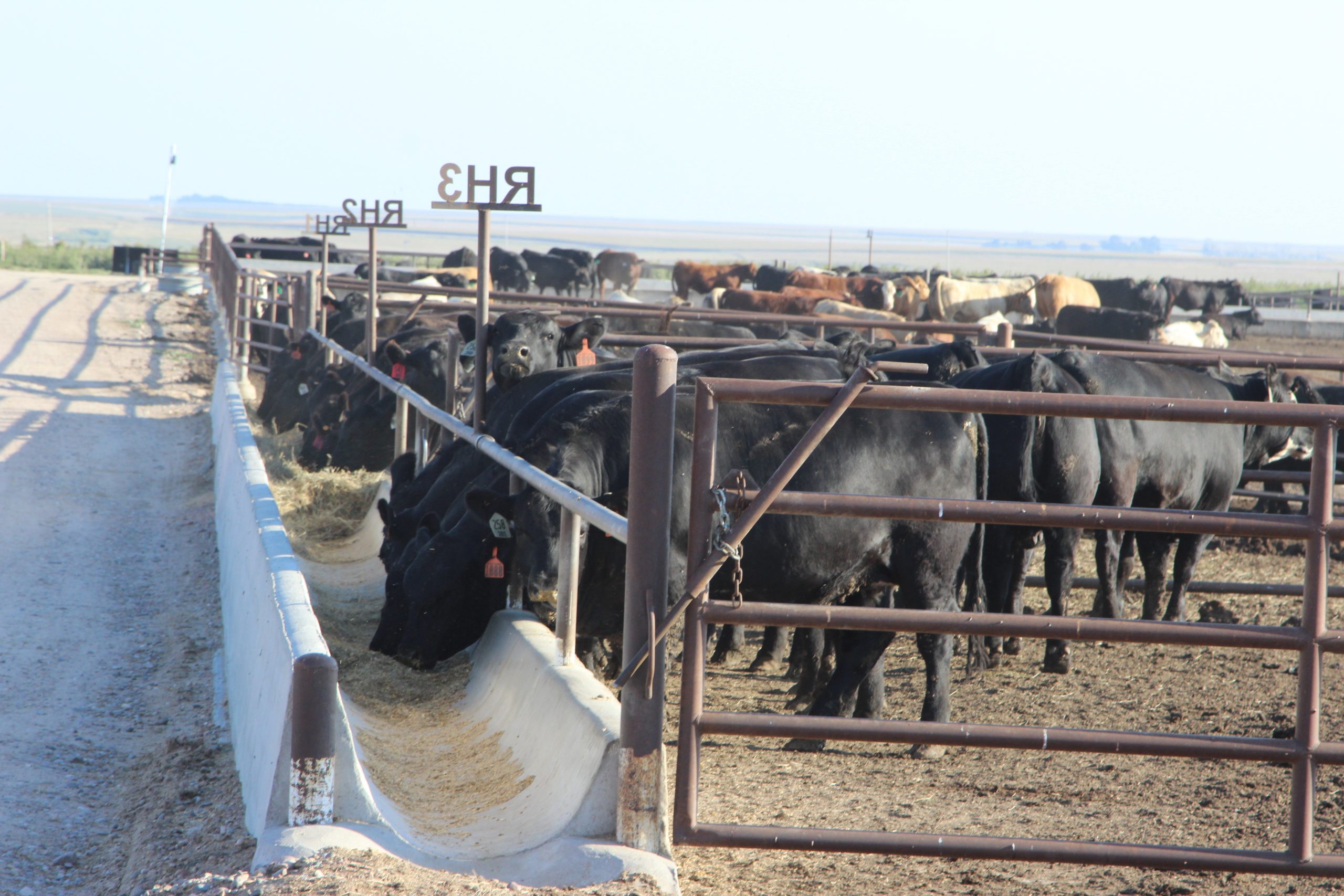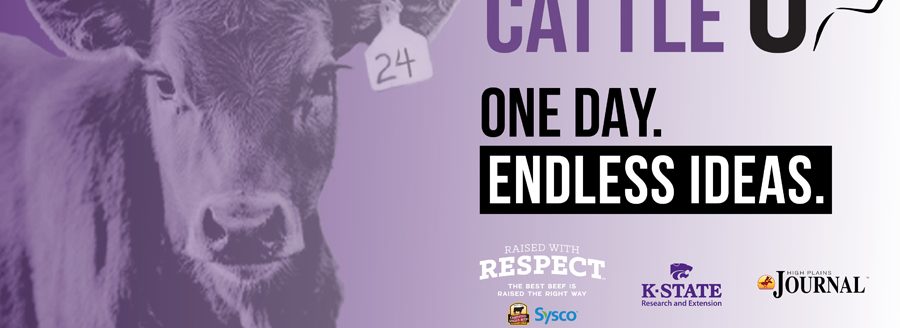Proper care of livestock provides multiple benefits, according to a Kansas State University veterinarian.

A well-developed and executed care plan can save ranchers on feed and pharmaceutical costs, said Dr. AJ Tarpoff, DVM, an associate professor and beef Extension veterinarian with Kansas State University.
Tarpoff was one of the presenters at a Beef Quality Assurance training program as part of a Certified Angus Beef event in 2024 at Hy-Plains Feedyard LLC Montezuma, Kansas. A photo from the feedyard appears above.
BQA builds consumer confidence and is the impetus for value-added premiums.
“Accidental success is not an option,” he said. “We take an enormous amount of pride in the work we do, or we wouldn’t be in this business. We are food producers, and no one cares more about those animals than us, and that takes a lot of work.”
Animal welfare, in his eyes, focuses on “five freedoms” that include freedom from thirst and hunger; discomfort or pain; injury and disease; to express themselves; and from fear and distress.
Tarpoff told the ranchers that emergency action plans that are explained with protocols that all employees understand are crucial. In the High Plains region, in a year’s time, cattle can experience heat stress in the summer and be exposed to blizzards in the winter.
Even minor details can pay dividends. He noted that regularly cleaning feed bunks can assure the producers that the cattle are eating and digesting high quality feed.
Tarpoff said an animal’s discomfort is not always easy to discern. In the winter, when mud builds up in corrals and pens, that can add to discomfort, so addressing that problem can make a difference. Tarpoff knows that is not an easy project and can be time-consuming in less than ideal conditions.
Good bedding in the pen can help and is important in the winter so feed can continue to add weight to cattle rather than only trying to improve comfort. He noted a study from South Dakota State University that showed bedding feedlot cattle during the winter months improved performance, but also reduced days on feed by 35 days to finish.
Ample water is also necessary year-round. Tarpoff reminded producers that a plan to clean water tanks to reduce residue improves water quality and, while it can be labor intensive, is inexpensive. Improving water consumption can improve feed intake all year as well as maximize water intake during the summer months.
Facilities can also make a difference, with Tarpoff mentioning chutes in handling and holding facilities as well as stock trailers. He said electronic hot shots must only be used when necessary, and he suggested very sparingly. Temple Grandin, a professor at Colorado State University, and other experts have for many years urged ranchers to pay attention to animal behavior to guide them in handling livestock, he said.
Tarpoff said ranchers and their employees make a difference.
“Stay calm, cool and collected when working with cattle,” he said.
He also noted the importance of understanding blind spots for cattle. “Cattle have very poor depth perception,” he said.
Tarpoff went through various building layouts where cattle can be handled after leaving a trailer, and he said ensuring the animal can move through buildings comfortably is a strategy with proven success.
White or light-colored walls with skylights can help make the cattle feel more comfortable, too, he said.
Cattle need sure footing, so having a plan to address icy conditions is important. Another piece of advice is if a rancher is getting ready to pour a concrete floor, to cut grooves in a pattern that aid the cattle with their footing.
Tarpoff also recommended ranchers regularly inspect chutes and walkways as manure buildup can erode metal and cause foot injuries.
“With proper handling, we can avoid toe abscesses,” Tarpoff said.
He also encouraged that producers share their stories about how they care for their animals. They can also use social media to positively share how livestock are cared for in inclement conditions. Consumers trust those who care for the animals, and that relationship is cemented when they know what ranchers are doing on a daily basis.
“Perspective is everything,” Tarpoff said.
Dave Bergmeier can be reached at 620-227-1822 or [email protected].




